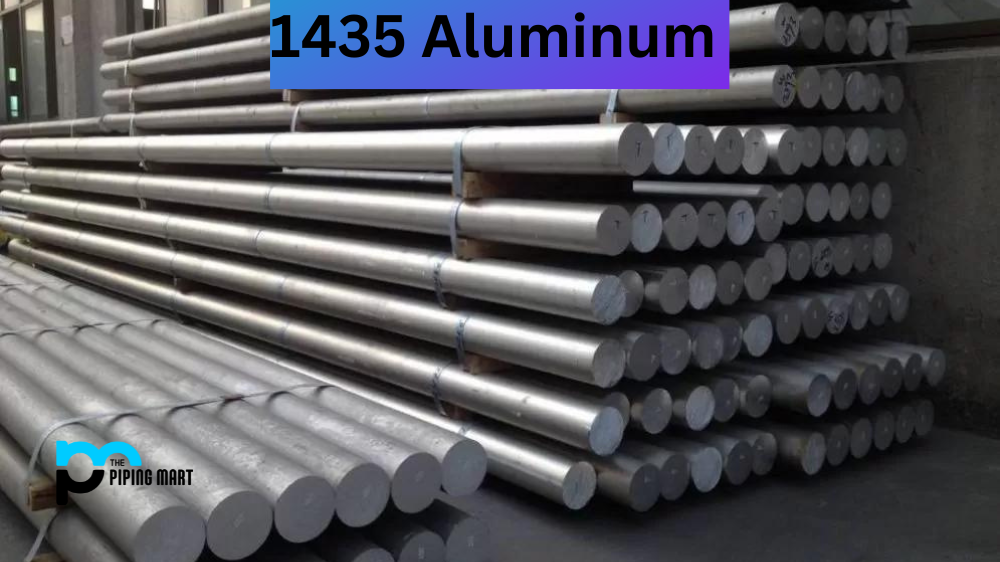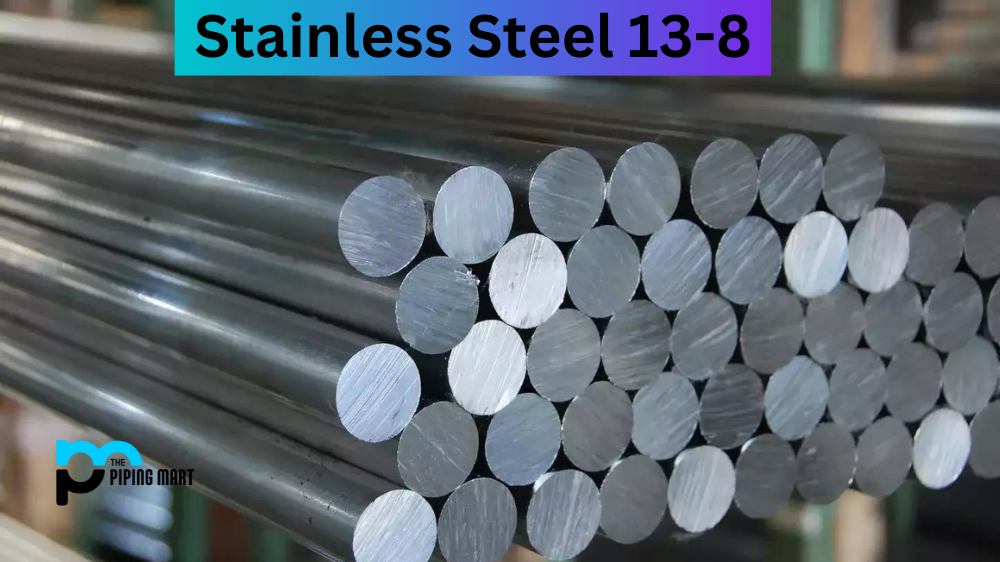Aluminum has become an indispensable material in various applications. It is a lightweight material with excellent strength, corrosion resistance, and thermal conductivity. One type of aluminium widely used in different industries is 1435 aluminium. But what is 1435 aluminium, and what makes it a popular choice? In this blog post, we’ll look at the composition, physical properties, mechanical properties, uses, hardness, and heat treatment of 1435 aluminium.
1435 Aluminium Composition
1435 aluminium is an alloy of the aluminium-magnesium family, which includes grades such as 5052, 5454, 5083, and 5086. It mainly contains aluminium (95.8%), magnesium (3.5%), and a small number of other elements, such as iron (0.6%) and silicon (0.7%). The magnesium content gives the alloy excellent corrosion resistance and weldability, making it suitable for marine and architectural applications.
1435 Aluminium Physical Properties
1435 aluminium has a density of 2.7 g/cm3, which is relatively low compared to other metals. Its melting point is 610°C, and its coefficient of thermal expansion is 24.2 x 10^-6/K, which means that it expands and contracts when exposed to temperature changes. The thermal conductivity of 1435 aluminium is relatively high, with a value of 138 W/mK, making it an excellent conductor of heat.
1435 Aluminium Mechanical Properties
1435 aluminium exhibits excellent mechanical properties that make it suitable for various applications. Its ultimate tensile strength is approximately 228 MPa, with a yield strength of 129 MPa. The elongation at break ranges from 10% to 25%, depending on the thickness of the material. Additionally, 1435 aluminium has good formability, which allows it to be easily bent, stamped, and stretched without cracking.
1435 Aluminium Uses
The properties of 1435 aluminium make it an ideal material for various applications. Due to its excellent corrosion resistance, it is commonly used in marine applications such as boat hulls, decks, and railing. It is also widely used in architectural applications such as roofing, cladding, and window frames. Other applications include pressure vessels, heat exchangers, and automotive parts.
1435 Aluminium Hardness
The hardness of 1435 aluminium depends on the heat treatment. It has a Brinell hardness of approximately 63 HB in its annealed condition. However, the hardness can be increased through cold working to a Brinell hardness of approximately 85 HB. Heat treatment can also increase the hardness of 1435 aluminium. For instance, when subjected to a T6 temper, the hardness can reach a Brinell hardness of approximately 100 HB.
1435 Aluminium Heat Treatment
Heat treatment can be used to improve the mechanical properties of 1435 aluminium. The T6 heat treatment involves heating the material to 500°C and 535°C for a specified period before quenching it in water or air. The material is then aged for a specific duration between 120°C and 180°C. The heat treatment process enhances the strength and hardness of the material while maintaining its formability and ductility.
Conclusion
In conclusion, 1435 aluminium is an alloy of the aluminium-magnesium family that exhibits excellent corrosion resistance, weldability, and mechanical properties. Its physical properties and versatility make it an ideal material for various marine, architectural, automotive, and aerospace applications. Understanding the properties of 1435 aluminium can help designers and engineers to make informed decisions about the materials they choose for their applications.
Meet Heer, a dynamic and driven writer learning tricks of her trade in the metal industry. With a background in Digital Marketing, Heer brings a unique perspective to her writing, sharing valuable insights. Apart from blogging she like reading and hiking.




